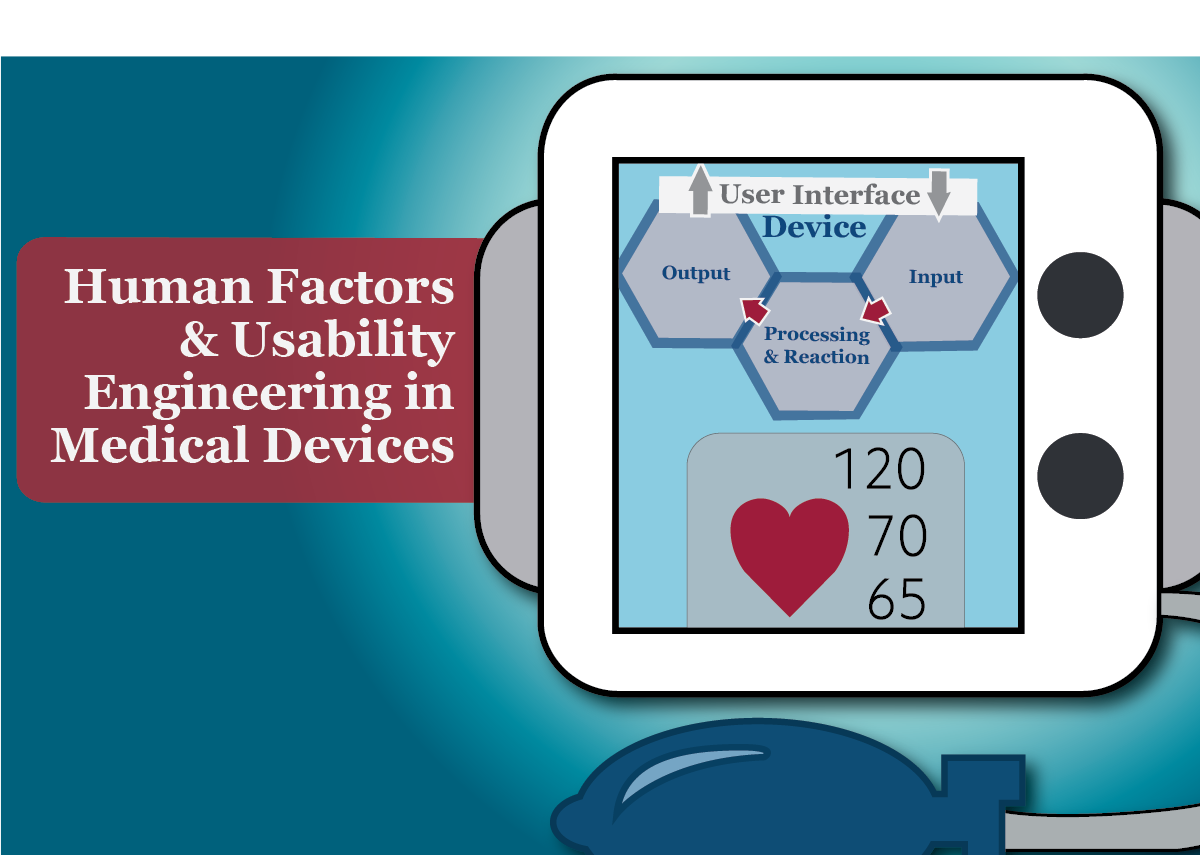Does a Human Factors/Usability Engineering (HFE) validation study need to be completed for your medical device? If your Risk Management process is not integrated with HFE, how and when to integrate it into the product development process can be important decisions for an organization.
A final validation study before release of the device may not take long to execute, sometimes this can be done in as little as a day. Yet leading to the execution of the study there can be a large body of work that begins early in the product development process. With a product development process being integrated with Usability / Human Factors Engineering, inputs into the final validation protocol can be generated as the device matures as it goes through the product development process. Some inputs that could be considerations in a final validation may include:
- Intended User Profile
- Intended Conditions of Use
- Intended Use Environment
- Operating Principle
- Device User Interface(s)
- Primary Operating Functions
- Evaluation of tasks related to safety
- Perception, Cognitive and Action analysis
- Learning decay considerations
- Identification of hazards related to use error
- Mitigation and control of hazards related to use error
- Learning from Formative study
- Sample size considerations
With so many considerations going into a final or summative study, the processes used to guide a product development team need to be designed to manage the activities associated with the many HFE considerations. The documentation of considerations and how their relationships with each other within a quality system are important to not only guiding a team to the proper execution of a final validation study, but the generation of the final Usability / Human Factors report. The report is to contain not only the results of the final study but also covering the inputs that were used to develop and ensure the protocol, including Users and Use Cases used, were appropriate for the validation of the device.
A systematic approach for a manufacturer to understand which HFE requirements to apply to their device and how to manage those requirements is needed early in the product development process. Having the device inputs and risks identified as early as possible during product development is necessary for successful Usability / Human Factors Validation testing.
Having trouble building your risk management program? Give us a call at 248-987-4497 or email us at info@emmainternational.com.





